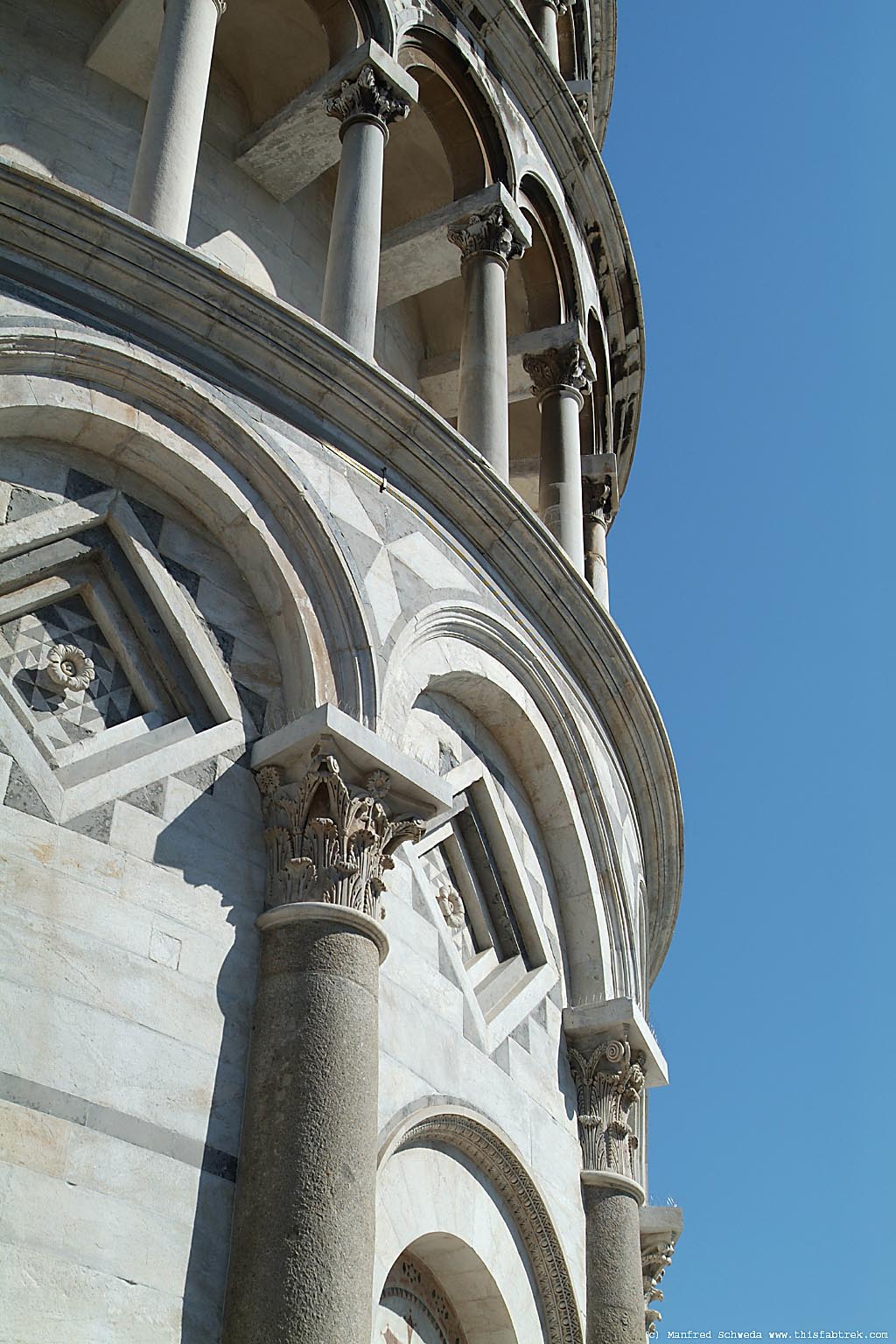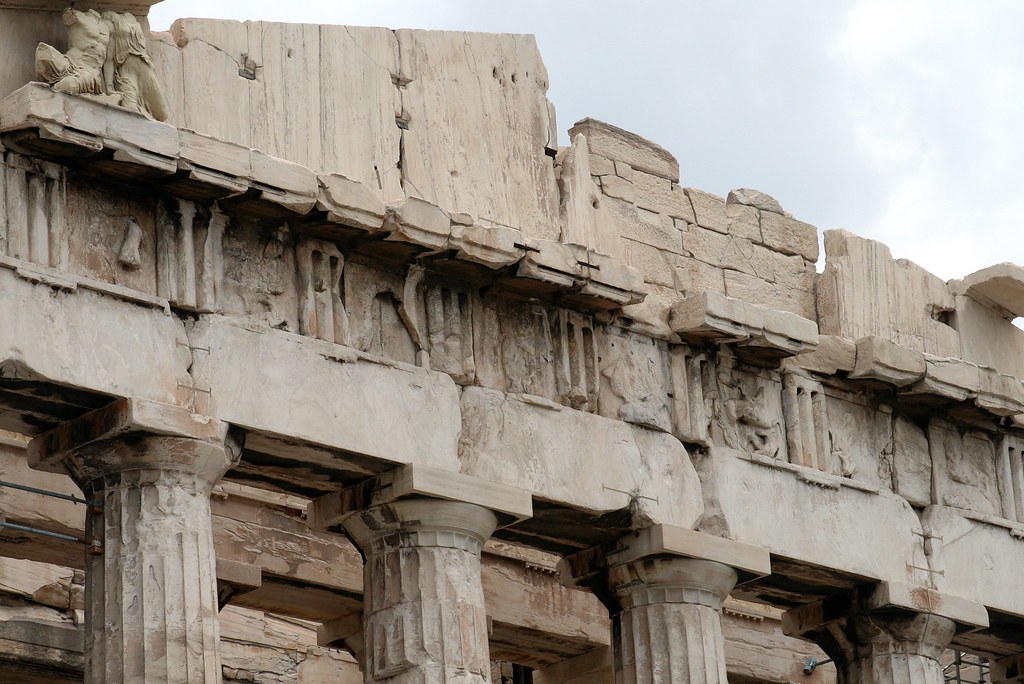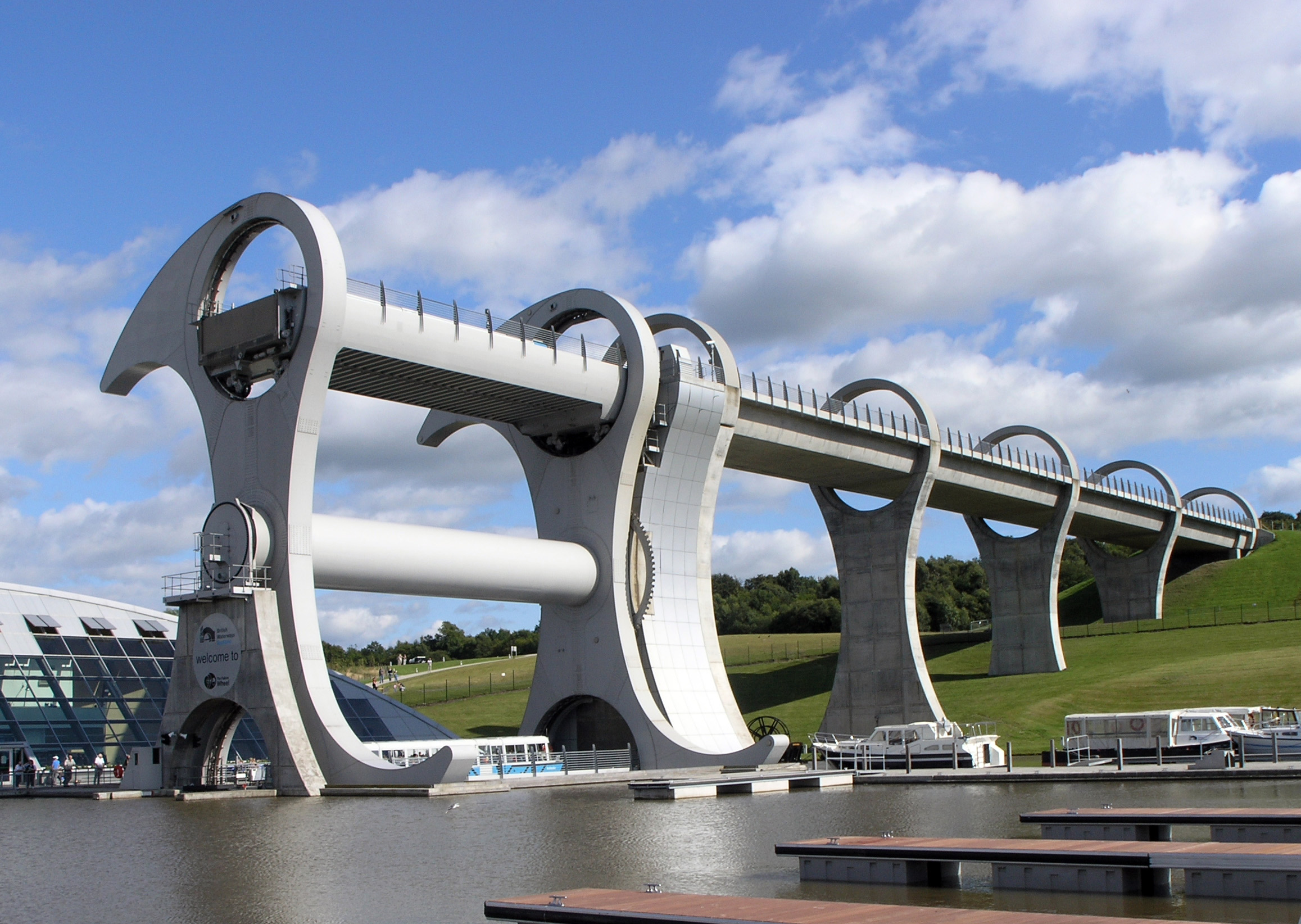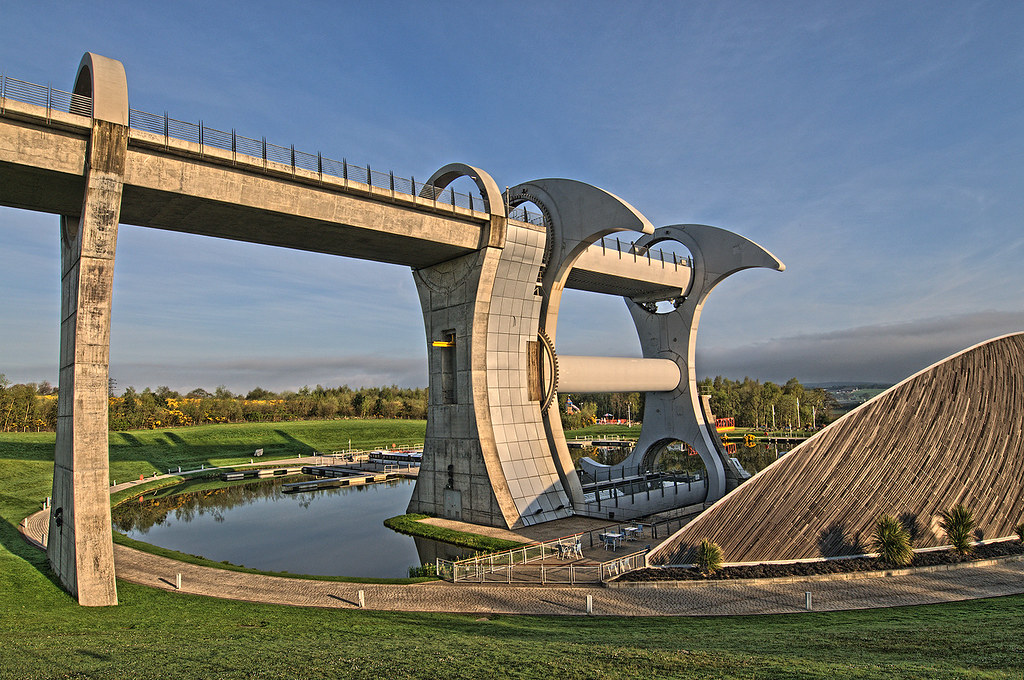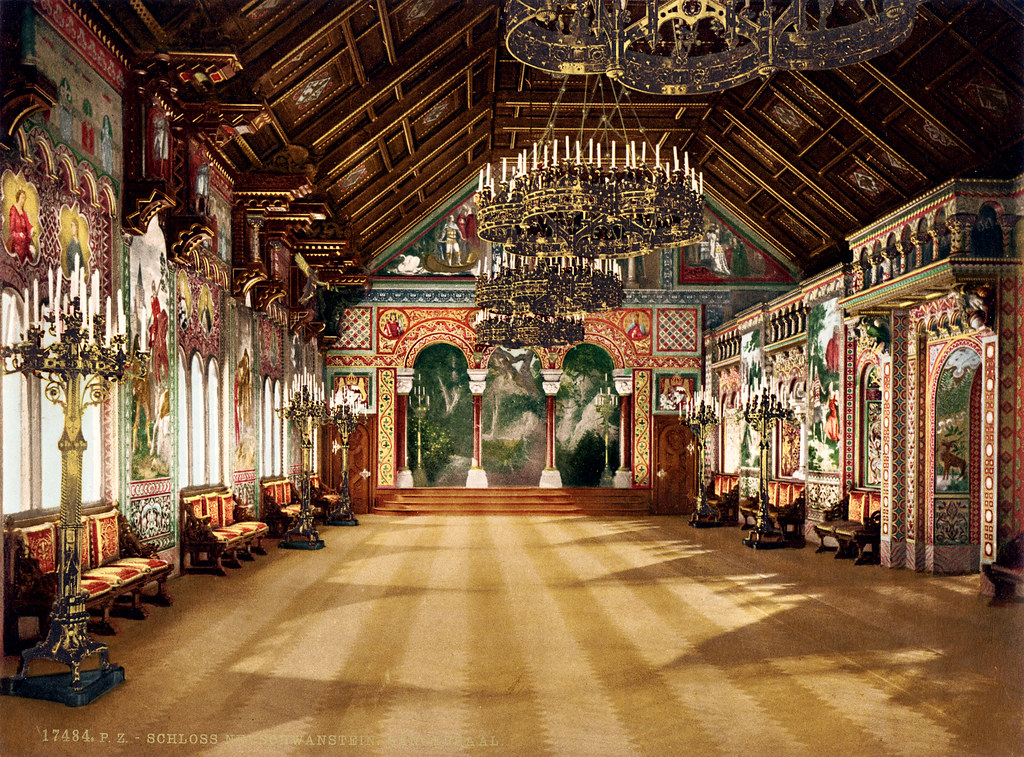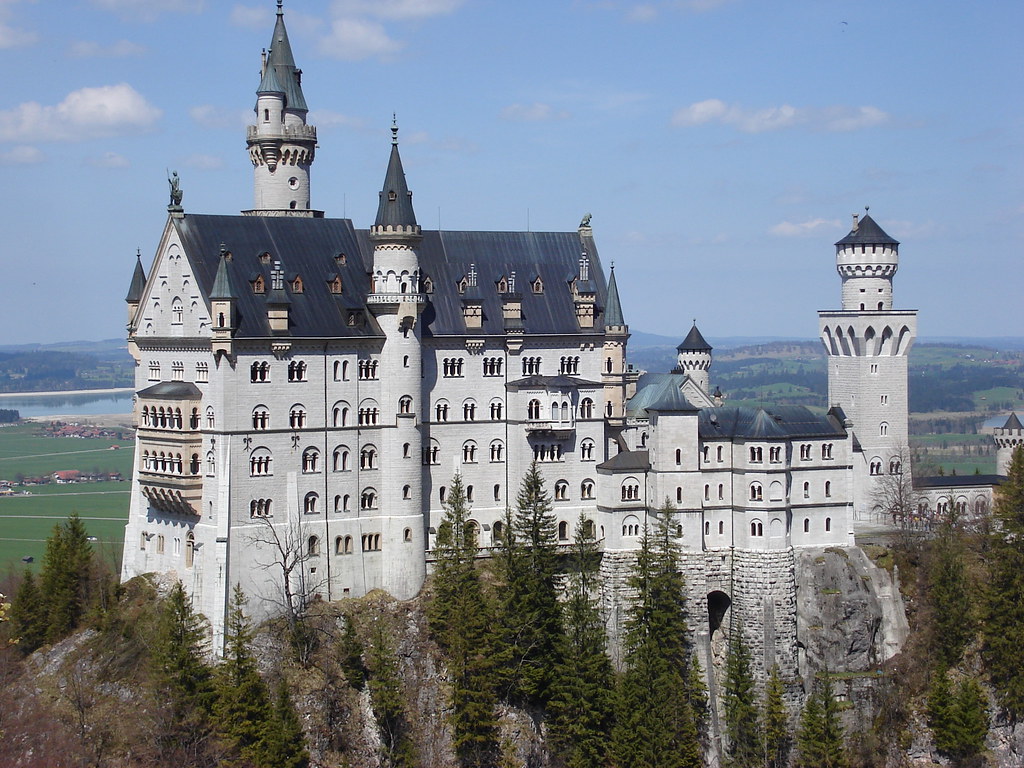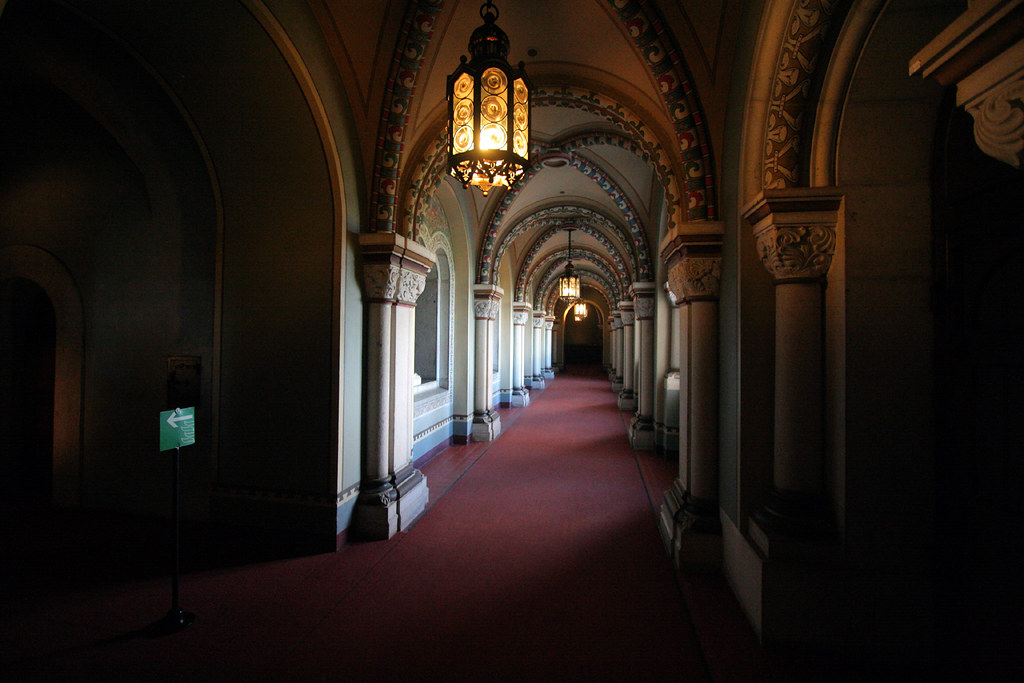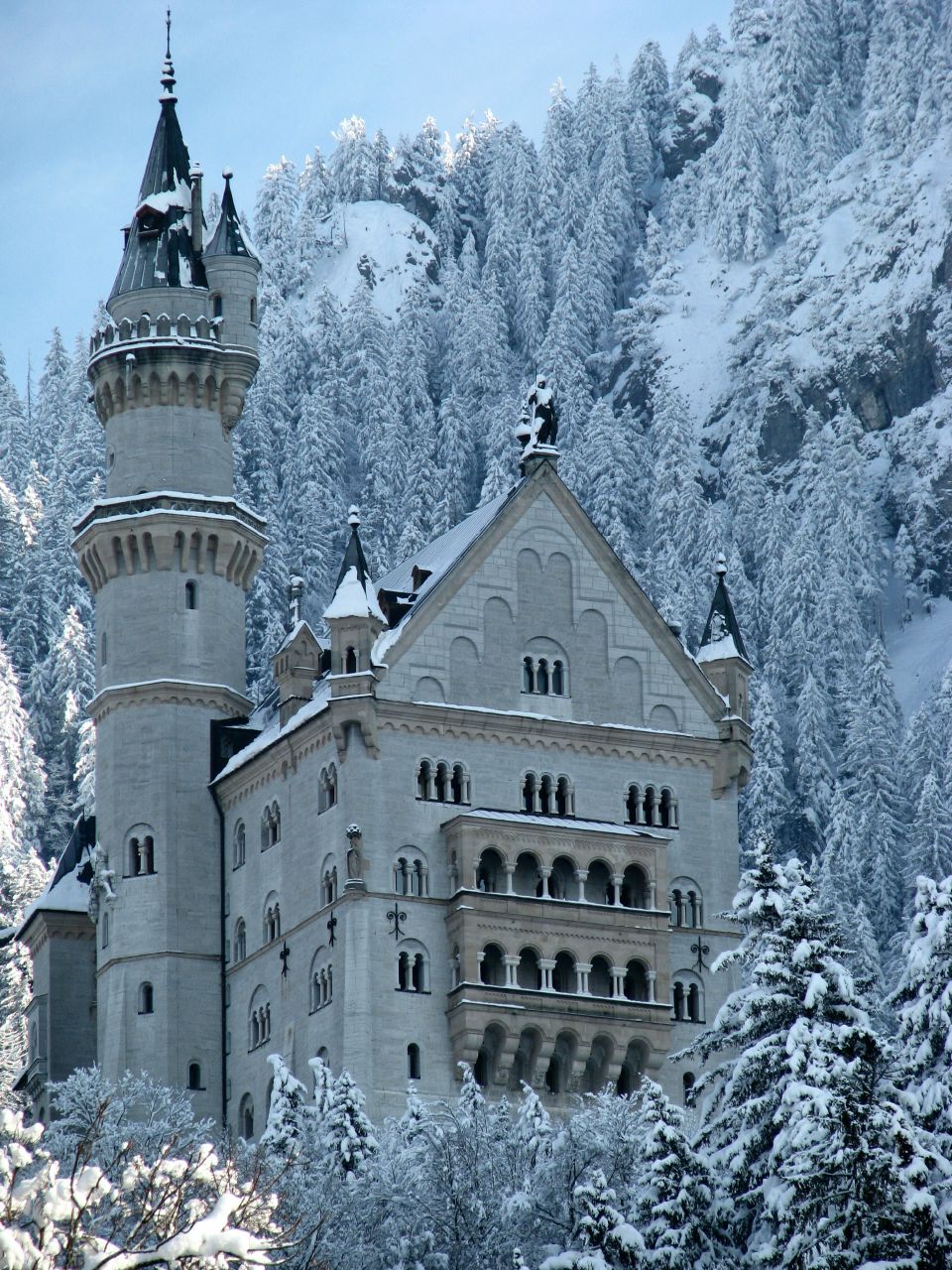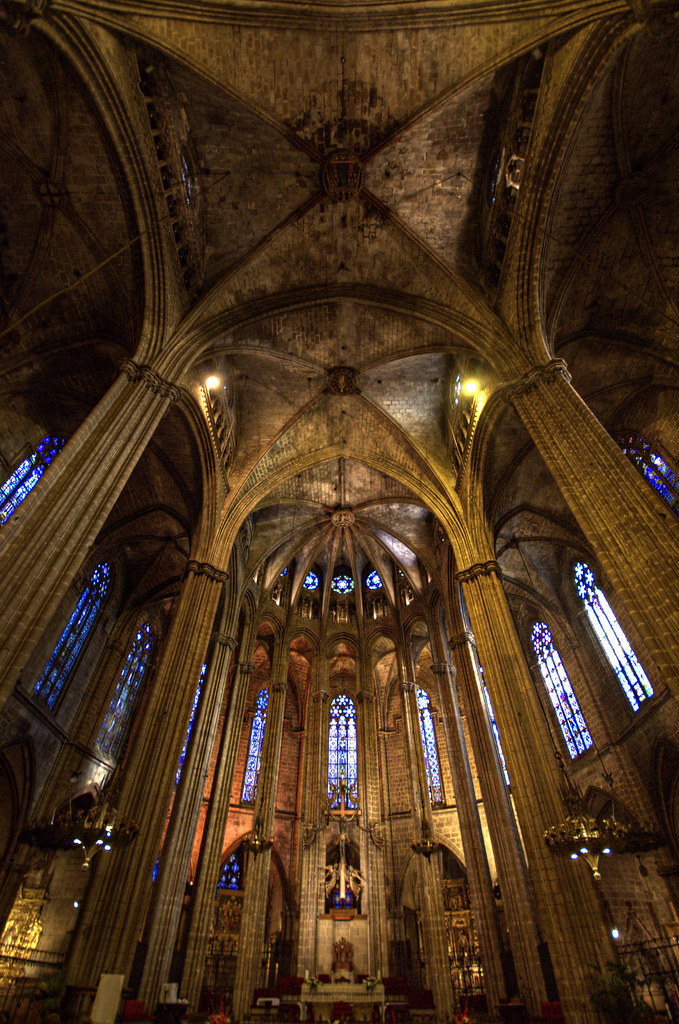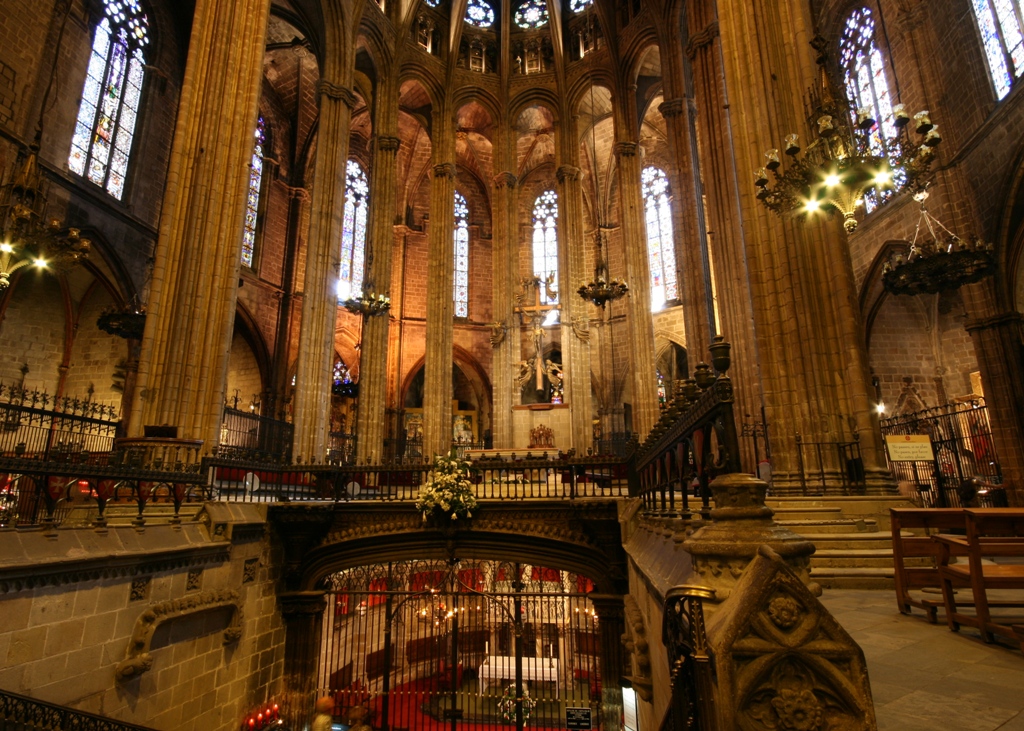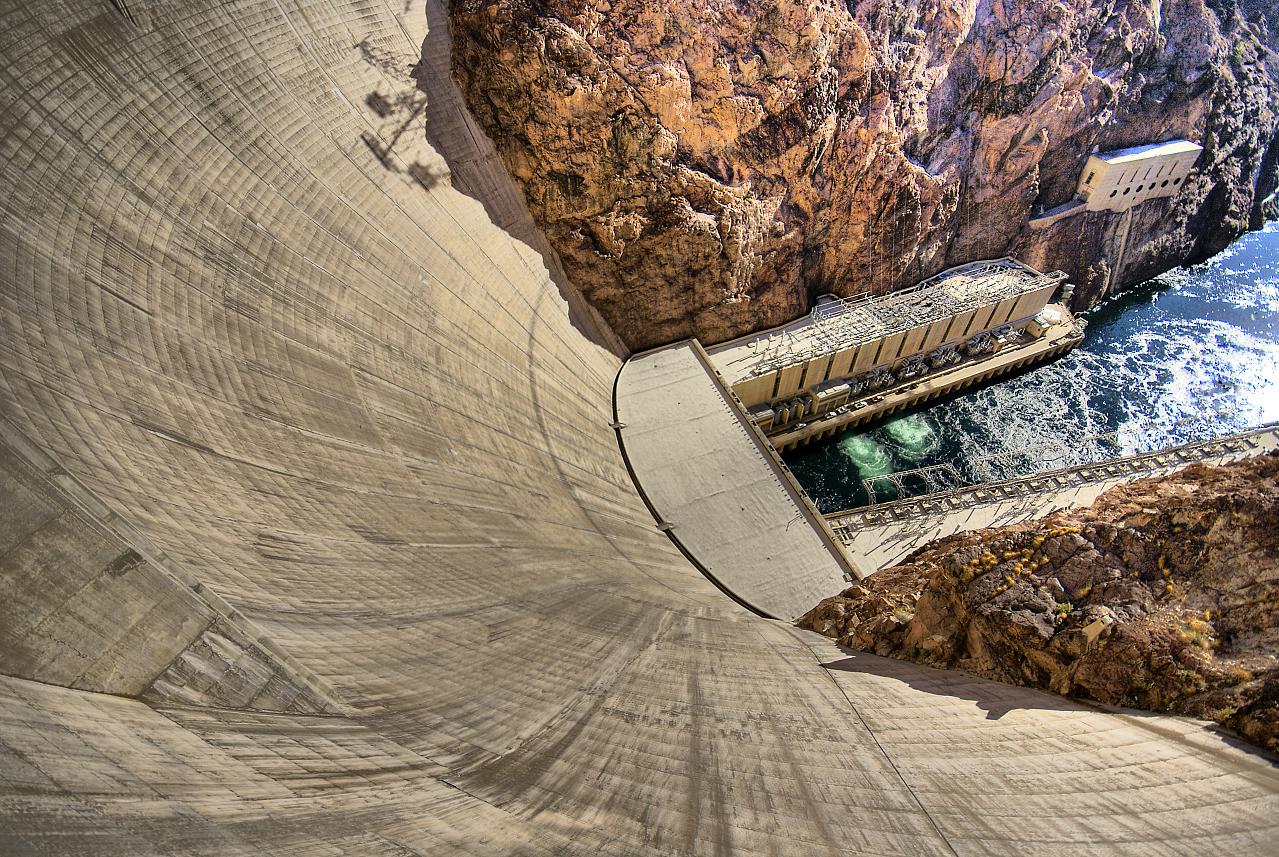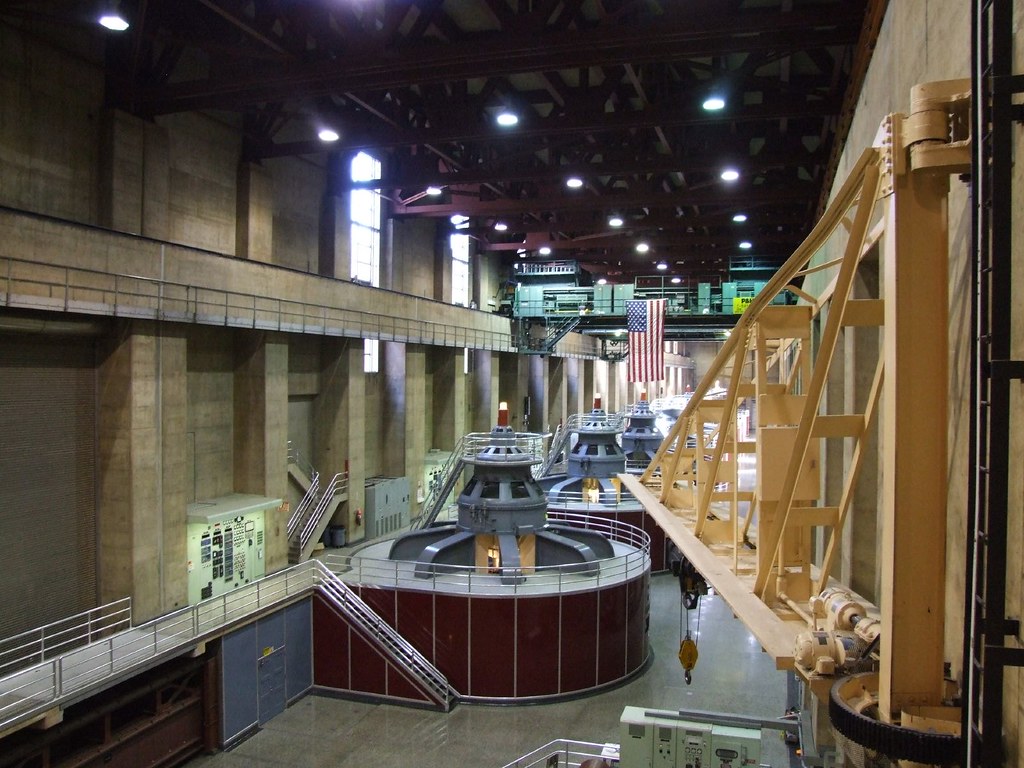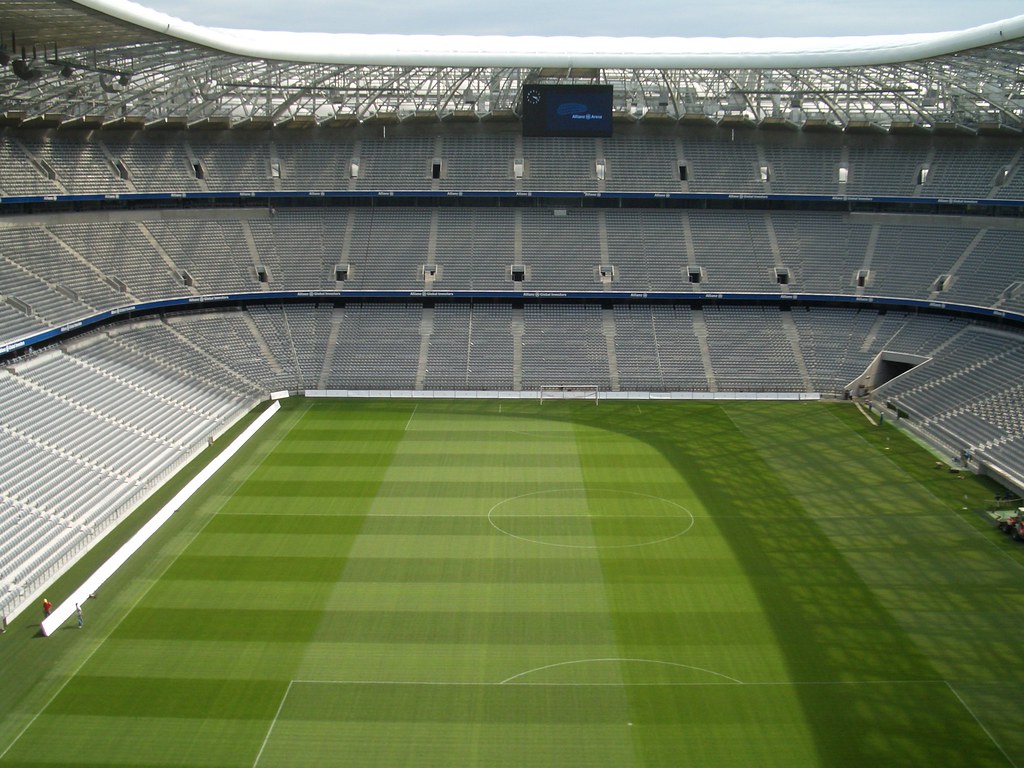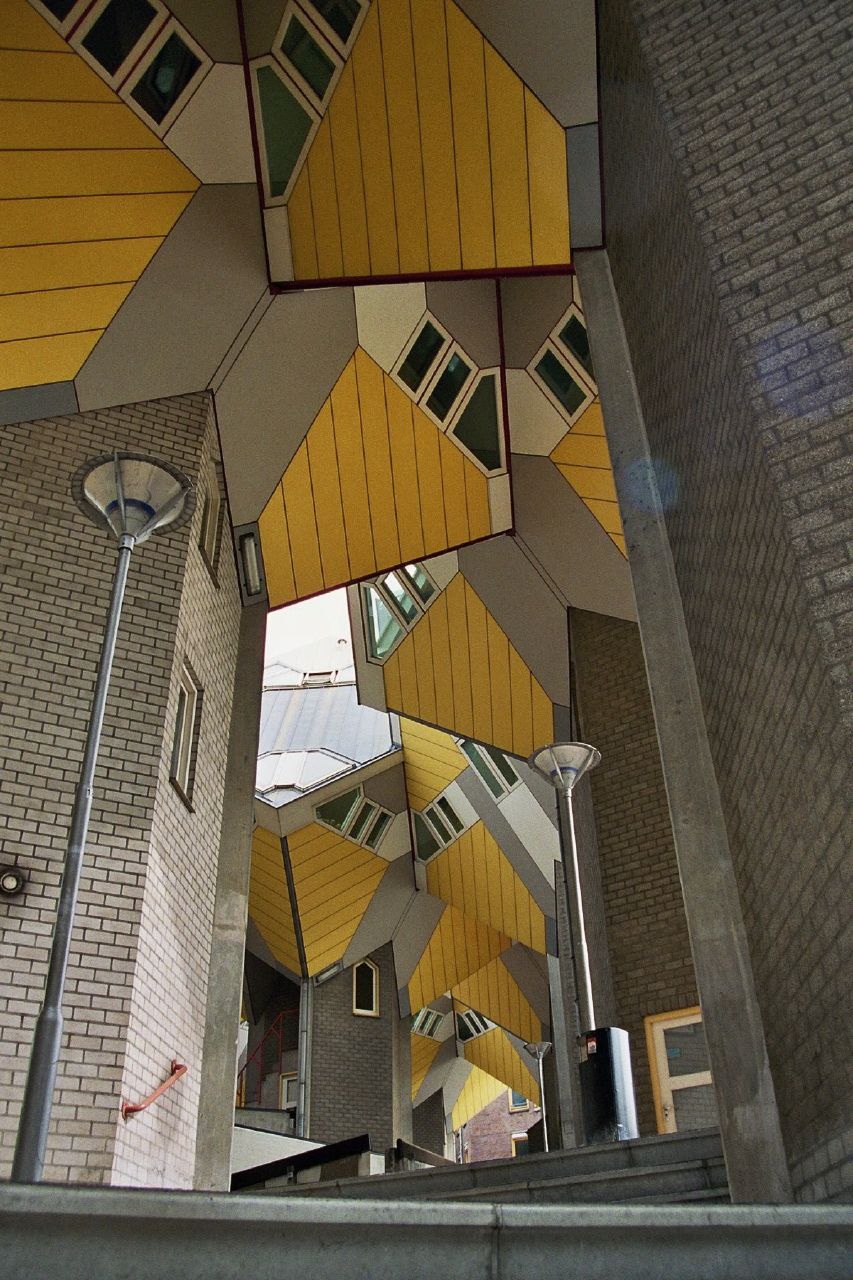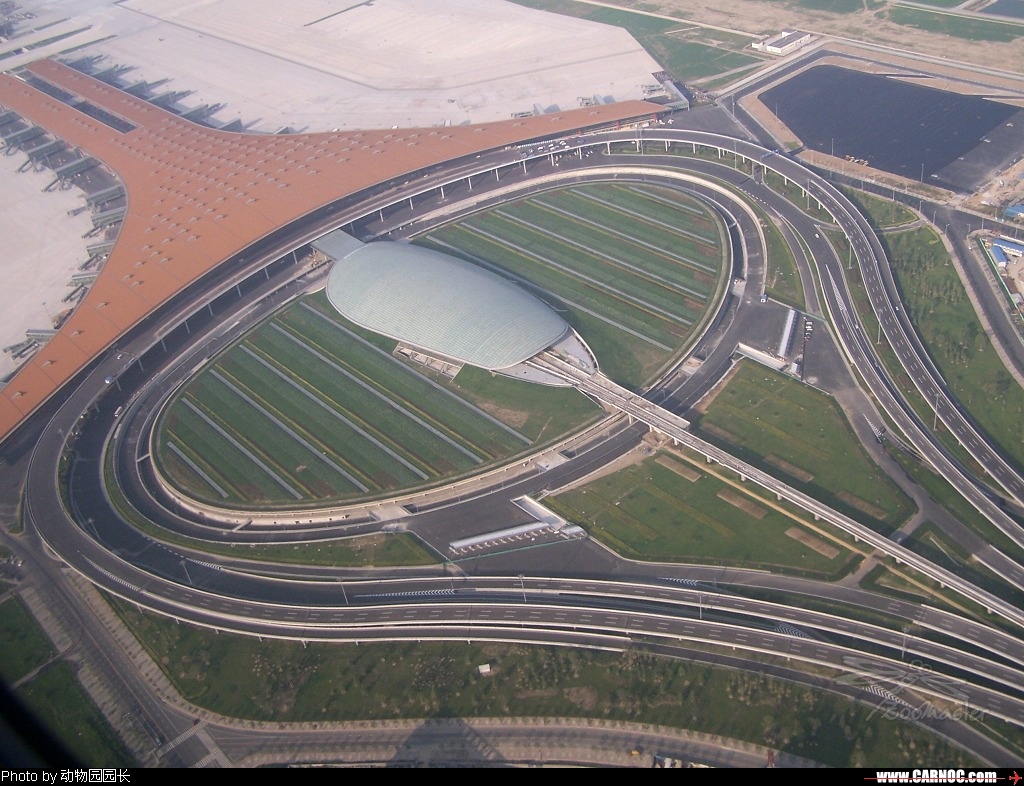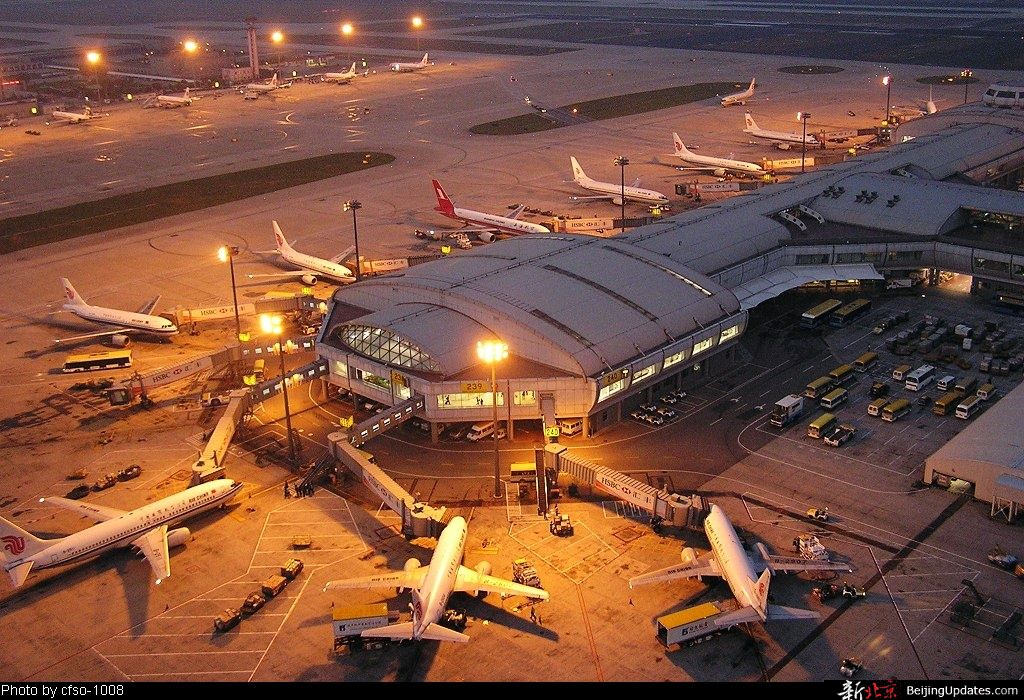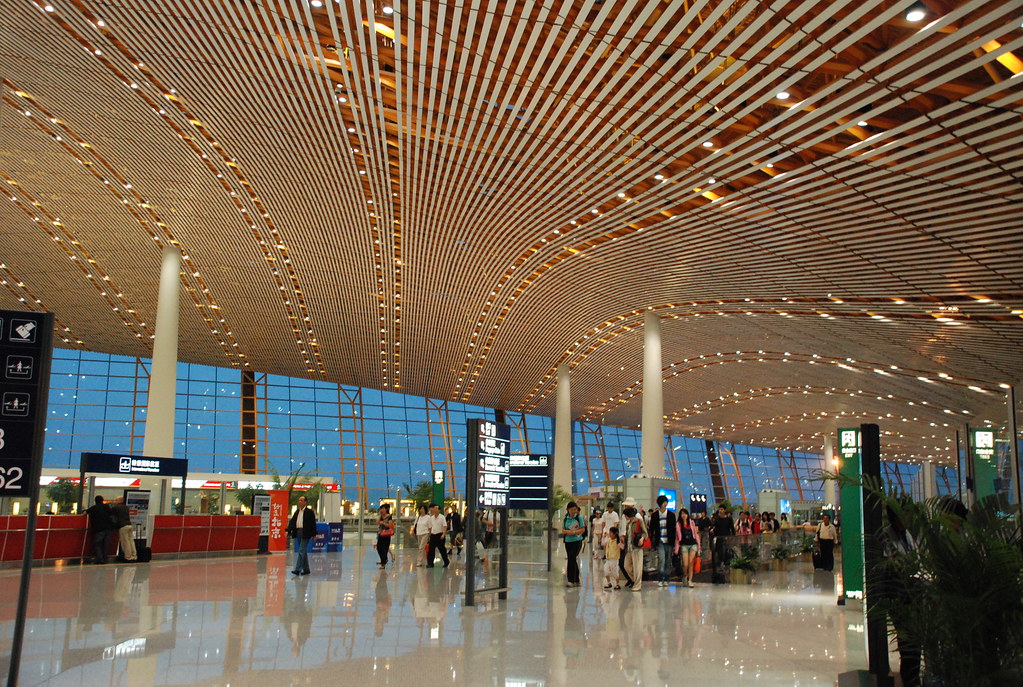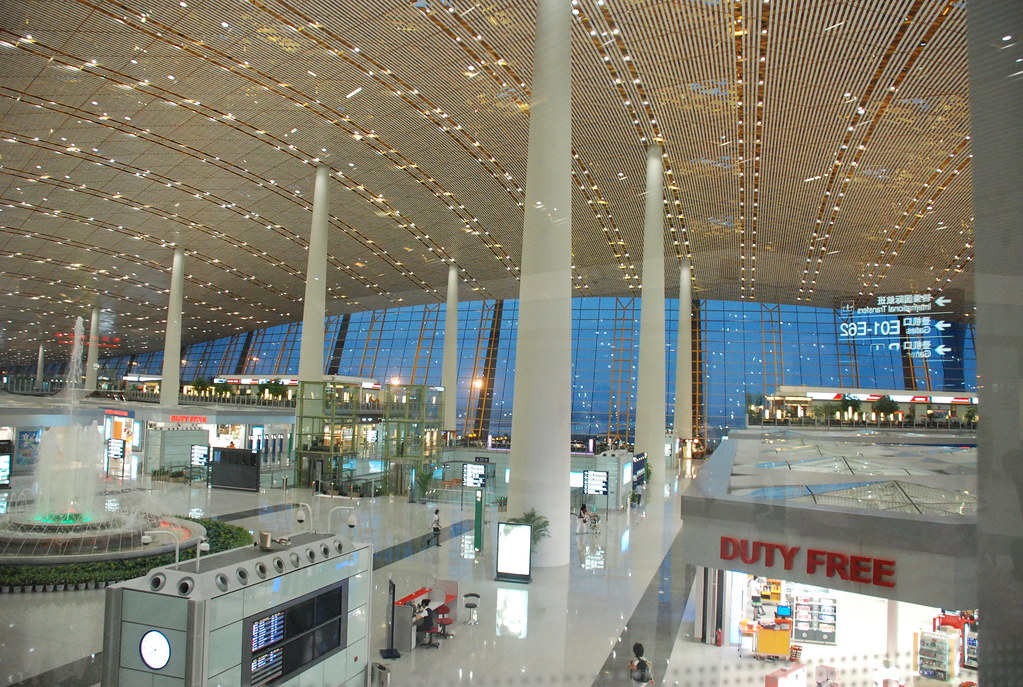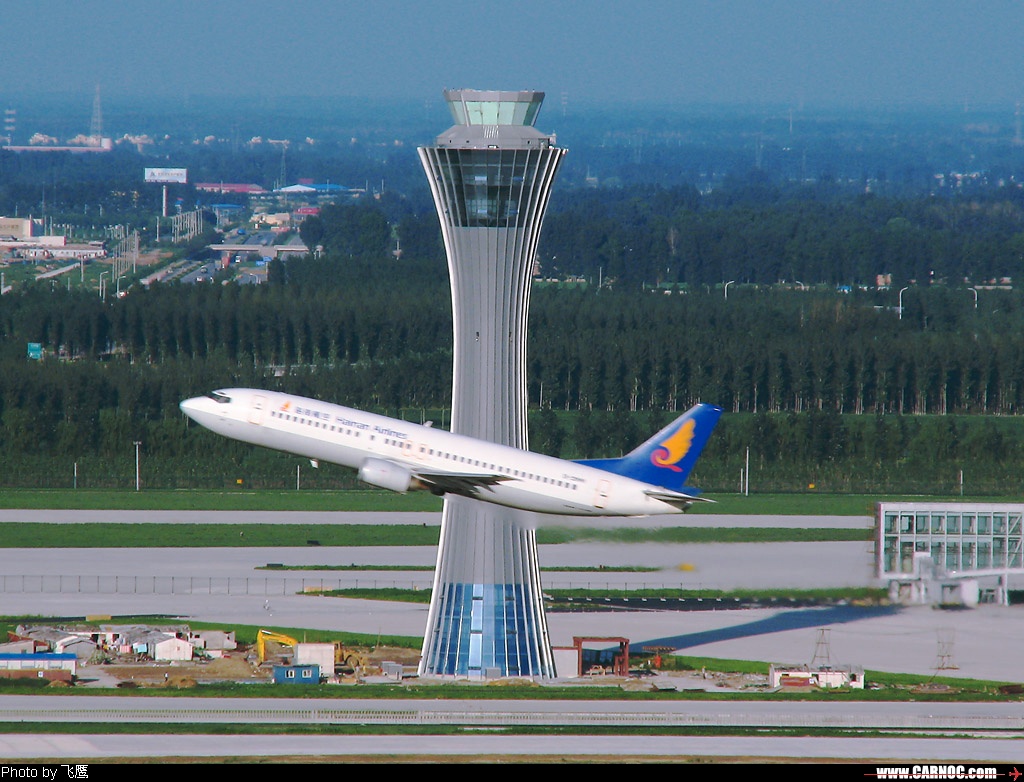The Allianz Arena is a football stadium in the north of Munich, Germany. The stadium is located at the northern edge of Munich's borough of Schwabing on the Fröttmaning Heath. The two professional Munich football clubs FC Bayern München and TSV 1860 München have played their home games at Allianz Arena since the start of the 2005/06 season. Both clubs had previously played their home games at the Munich Olympic Stadium; FC Bayern München since 1972 and TSV 1860 München since the 1990s.
The winning bid for the Allianz Arena project was made jointly by Alpine Bau Deutschland GmbH and the Swiss architects Herzog and de Meuron. The chosen path is highly innovative, with a futuristic interpretation of the basic football stadium concept. A cascade of colour can be projected onto the smooth lozenge-shaped exterior, which takes the form of a curved translucent shell, infusing the structure with an almost magical poetry. The three-tier seating arrangement guarantees every single one of the 66,000 spectators a close up view of the action, combining raw emotional interaction with all the comforts of a modern stadium.

Capacity
* Total: 69,901 capacity undercover (including.Executive boxes and business seats)
* Total of 66,000 seats
* Lower Tier: 20,000 seats (with standing : 69,901)
* Middle Tier: 24,000 seats
* Upper Tier: 22,000 seats
* in the North and South Stands: 10,400 standing: a relationship of 1-1.3 Vario-Seats
* 2,200 business seats and about 400 seats for the press
* 106 VIP boxes of various sizes accommodating 1,374 guests
* 165 special seats for the disabled at main entrance/exterior ground level (no change of level)

Inside the Arena
6,000 m² of catering facilities devided into following sections:
* 28 kiosks
* 2 fan-restaurants (one in the north- and one in the south-stand), each with 1,000 seats
Restaurant Arena a la Carte accommodating 400 people
Press club with about 350 seats
* Mixed Zone ( 520 m²)
* offices and conference rooms
* comfortably appointed media areas
* a nursery
* 54 ticket counters
* shopping facilities
* changing rooms ( 4 for players: FC Bayern 2, TSV 1860 2 ; 4 for coaches ; 2 for referees)
* 2 warm-up rooms, each 110m²
* 550 WC-cubicles in the Arena
* 190 monitors in the Arena
Pitch* 190 monitors in the Arena
* Total surface (barrier to barrier): 120 m x 83 m
* Spectator distance from pitch: 7.5 m minimum
* Pitchside barrier height: approx 1.2 m
Seat row gradients:
* Lower tier: approx 24°
* Middle tier: approx 30°
* Upper tier: approx 34°
* 2 x 100 m2
LED Video Walls in 16:9 format, 42.5 m above ground
* 232 floodlights, 45 m high
Arena & Esplanade dimensions
Stadium dimensions: 258 m x 227 m x 50 m (gross figure)
* 7 levels
* Admesurement: 840 m
* Façade and roof: 66,500 m² in total, comprising 2,760 inflated panels
* Roof area: 38,000 m²
* Façade: 28,500 m²
* Illuminated area (three colours available); 25,500 m²
* Area occupied by stadium: 37,600 m²
* Total site area: 171,000 m²
Esplanade dimensions: 543 m x 136 m x 0-12 m
* 4 levels
* Admesurement: 1.358 m
* Covered area: approx 73,900 m²
Stadium and Esplanade structure
* Concrete used in stadium: approx. 120,000 m3
* Steel used in stadium: approx. 22,000 t
* Foundations: 180 t, size of a family house, loading up to 1,500 t
* 350 inclined supporting pillars, 50 to each level
* Supporting pillars (cross-section: 65 cm, length: 6 m) have maximum bearing load of 10,000 kN (~1,000 t)
* 8 stairwells, 15 cascade stairways at intervals of 45 m
* External façade (under inflated panels):
* Area: approx. 12,000 m², glazed area: approx. 5,000 m²
* Internal façade (Business Club):
* Area. approx. 350 m², glazed area approx. 300 m²
* Executive boxes:
* Area: approx. 3,000 m2, glazed area: approx. 2,000 m2
* Tiers:
* 2,446 pre-cast elements
* 3,985 stair elements laid on terraces
* 132, 000 drill holes for the 66,000 seats
* Esplanade (4 car parks each on 4 levels):
* Frame construction (supports and bracing beams)
* Floor area: 270,000 m²
* Concrete: 85.000 m³
* Steel: 14.000 t
* Structural steel: 1.400 t
* Promenade (asphalted main connecting level)
* Area: 28,000 m² floor area with 8,50 m ceilings
* 1,033 pre-cast sections on 128 pillars and 88 load bearing points
* External circumference: approx. 1,200 m

Facade
* 2,874 rhomboidal inflated ETFE foil panels form the 66,500 m² roof and façade
* Biggest membrane shell in the world
* Data on the ETFE foil (Ethylene Tetrafluoro-ethylene):
* Thickness: 0.2 mm
* Weight: 350 g/ m²
* Longitudinal/transverse tensile strength: 52/52 N/mm²
* Longitudinal/transverse tensile stress at 10% elongation: 21/21 N/mm²
* Longitudinal/transverse elongation at breaking point: 600/600 %
* UV permability: 95%
* Visible light permability: 93%
* Colour: transparent (roof area), translucent white (rest of façade)
* 1,380 non-standard panels:
* Total area: 7.6 to 40.7 m²
* Length: approx 3 to 10 m
* maximum width: 1.9 to approx. 4.6 m
* Maximum diagonal length: approx 17 m
* Fans keep the panels inflated at a constant pressure of 0.035 bar (maximum possible pressure 0.08 bar)
* In case of snowfall, 12 pressure-monitoring points ensure the correct pressure adjustments to allow for snow up to 1.6 m.
* Lifespan approx 25 years, non-flammable, exceptionally resistant to heat and cold, self-cleans with rain
* 19 panels at the 51.41 m level can be opened to ensure proper ventilation.
* Each of these special hydraulic panels can carry up to 8 t and has a wind pressure resistance of 22 t
* The panels are non-loadbearing
Facade lighting
* 1,056 (of 2,760) illuminated panels (in white, red or blue)
* Total area lit: 25,500 m²
* 4,250 individual lights
* Each panel has 4 identical lights (installed in pairs between two lens shaped panels)
* 25,344 long-life fluorescent tubes with a lifespan of 8,000 hours
* Total power: approx. 1.47 MW
* Each 3.5 m long lamp unit contains 6 long-life fluorescent tubes (58W) and 3 starters
* Red, blue and transparent lenses in each unit allow colour changes
* An asymmetric parabolic mirror ensures uniform illumination of each panel - max. luminance 3000 cd/m²
* Consumption when fully lit: 506 KWh
* Façade lighting required 100 km cabling
* Electricity for the stadium is supplied by 5 transformers
* Lighting changes its colour extend over two minutes to avoid incidents on the motorway
* Allianz Arena logo mounted on north and south sides:
* 12 blue and white illuminated letters each weighing 250-500 kg
* Composition: steel, tin, aluminium, transparent plastic
* Largest LED display in Europe (100,000 individual LEDs)

Roof Structure
* Total area: 38.000 m²
* Primary roof structure (60%):
* 48 radial main beams, approx 65 m long and weighing up to 106 t
* Total of 5,300 t S355 steel
* Secondary roof structure (cross beams, 40%)
* Forms a rhomboidal ‘steel net’ within which the panels are supported
* In the form of rectangular tubing 180 mm x 180 mm x 5-16 mm
* Total of 3,400 t S355 steel
* 50 m high free floating construction
* Maximum load bearing stress, own weight plus full load of snow at centre: 5,000 kN (~ 500 t)
* Maximum load bearing stress at edge: 3,300 kN (~ 300 t)
* Deflection under load at edge with full snow load and wind: 55 cm
* Roof panels have a transparent inner surface
* Retractable internal roof (blind and theatre usage) opened and closed by 51 electric motors
Pitch
* Dimensions: Playing surface 68 m x 105 m, total surface 72 m x 111 m, surface area of 8,000 m²
* Dimensions per lawn-roll: 2.2 m x 15 m
* Weight per lawn-roll: 1.2 t
* Depth per lawn-roll: 30 mm thick "Power Turf"
* Time required: 20 truckloads delivered every hour, on the hour, nine deliveries per day, total approximately two-and-a-half days
* Playing surface: 0.5 % incline towards centre
* Growth: Firm roots in 14 days, initial roots after two days, immediately playable
* Bedding layer: 30-70 cm gravel forming a 4,500 m² frost-free gravel bedding
* Foundations: 10 cm drainage layer (sand), heating pipes, 13 cm lower turf-bearing layer, 9 cm upper turf-bearing layer
* Drainage (seepage pipes): 14 drains each measuring 111 m, 100 mm diameter, total length two kilometres
* Under-soil heating: Pipes 3.2 cm diameter, total length 27 kilometres, three isolated tubes per distributor, manual and automatic temperature control range 35-50 °C, pressure at 1 bar
Hydraulic Pitch Entrance
* Arched zinc galvanised steel construction
* Operation: toggle lever mechanism – Opening travel: 2,300 mm in 11 seconds
* Width at Pitch: 2.50 m
* Height at Pitch: 2.10 m
* Controlled by ‘dead mans handle’ and warning lights in players tunnel
* Additional: emergency exits (swing door) and buffers
Dressing Rooms* Dressing rooms: 65.5 m²
* Massage room: 40.5 m²
* Medical treatment room: 21 m²
* Equipment room: 4.7 m²
* Baths: 2.08 m x 5.16 m x 1 m
* Warm-up area: approx. 110 m2
* Showers: 22 m²
* Coaches' dressing rooms: 40 m²
* Number of lockers: 22
* Number of showers: 12
The stadium was one of the venues for the 2006 FIFA World Cup. However, due to sponsorship contracts, the arena was called FIFA World Cup Stadium Munich during the World Cup.
Read more...
